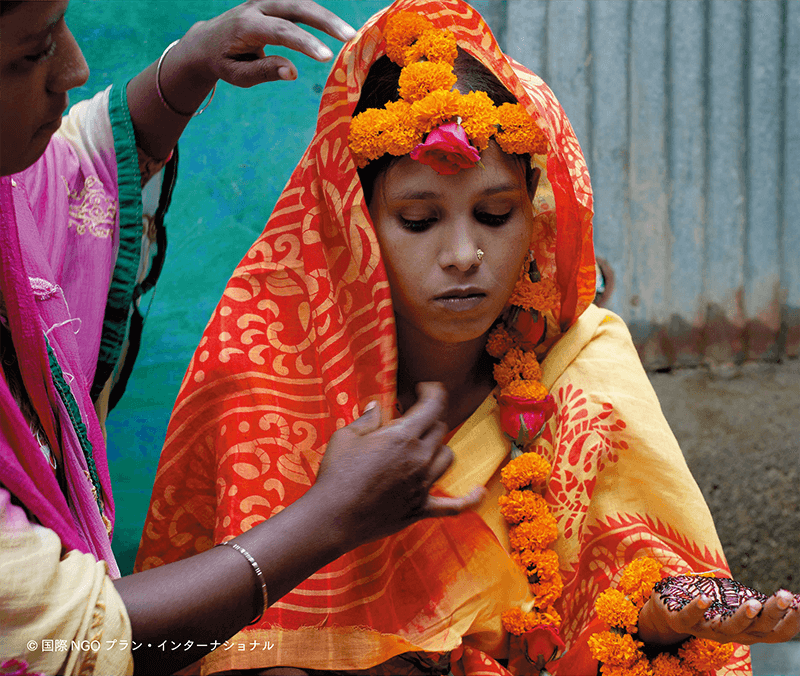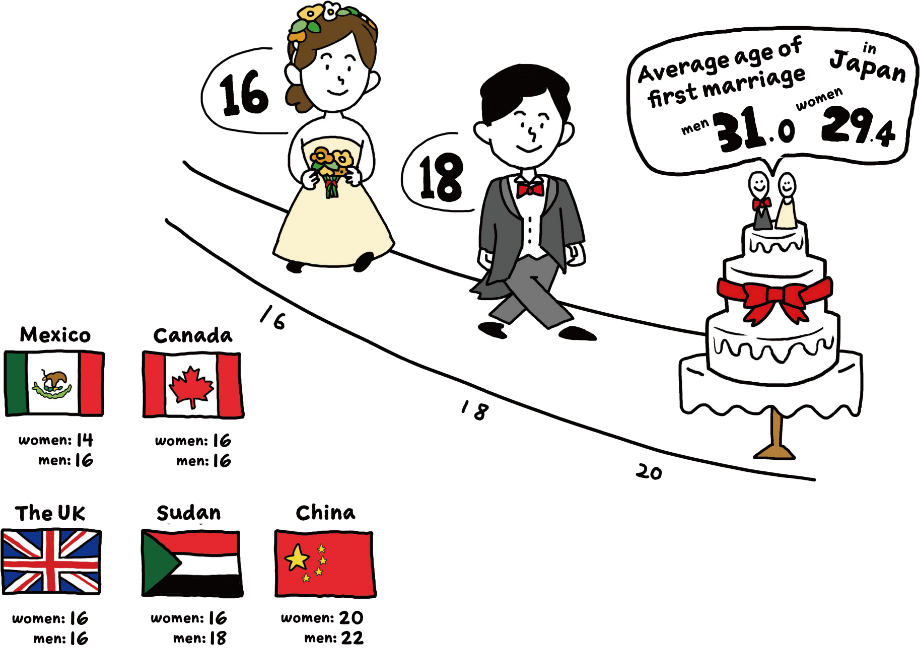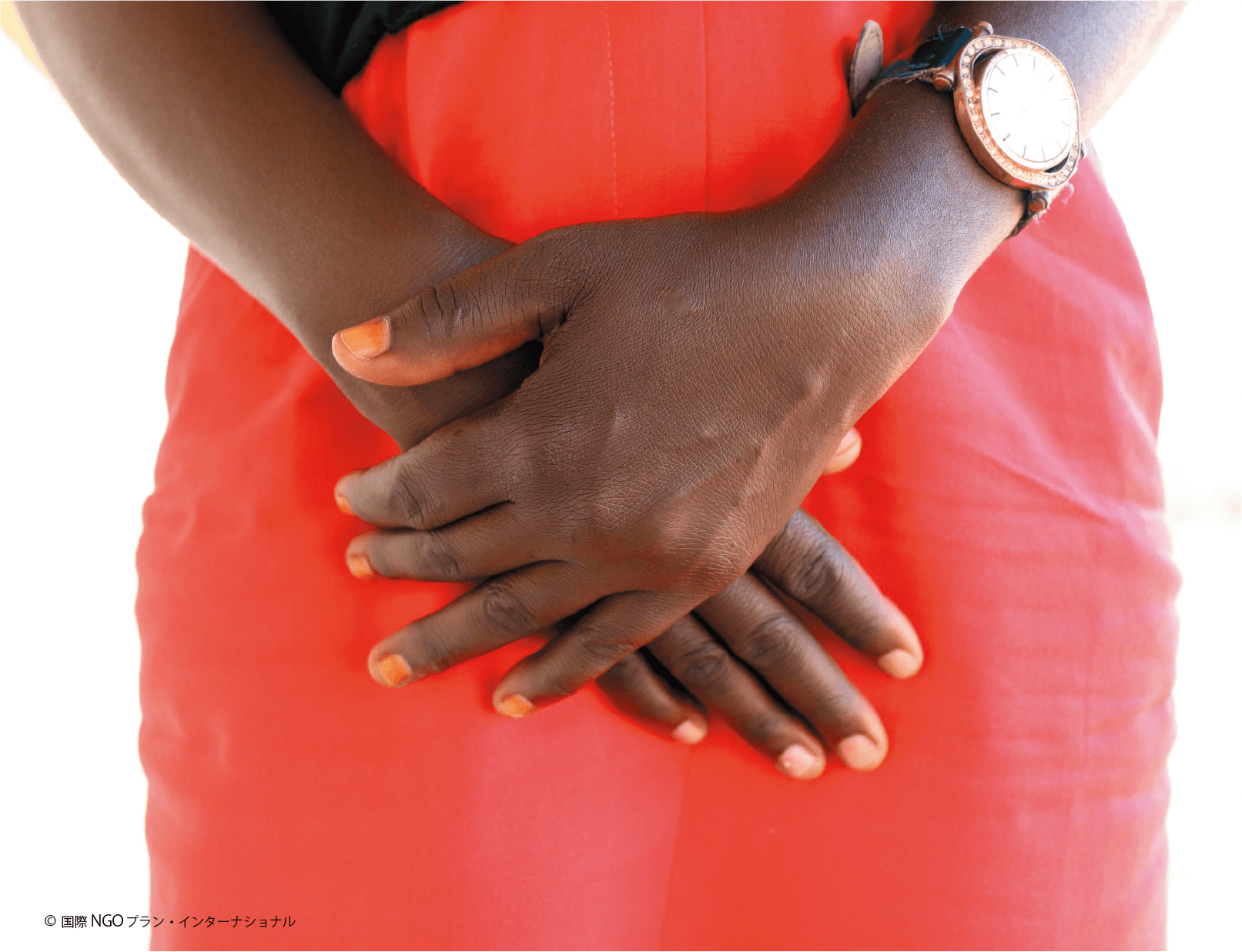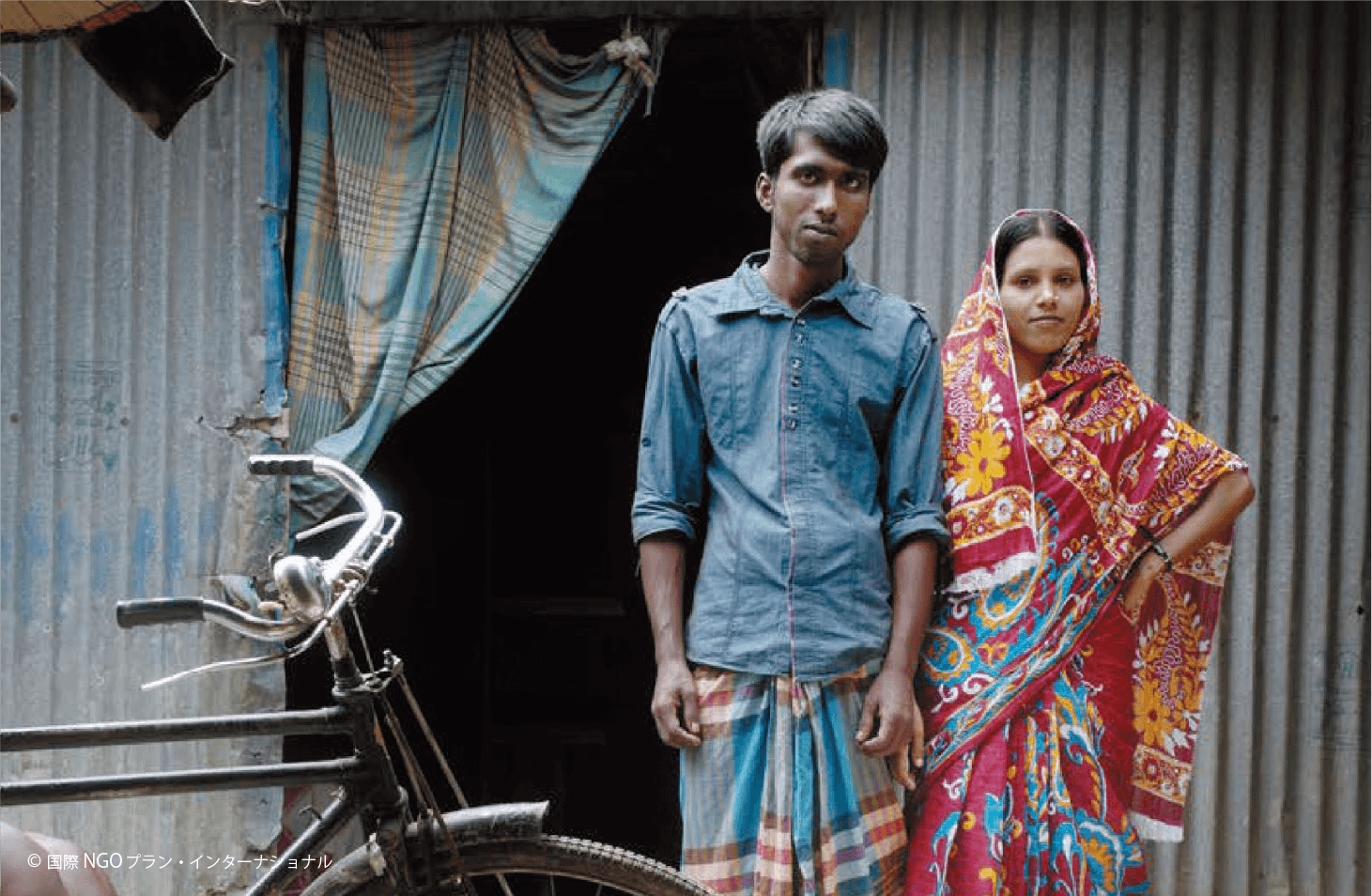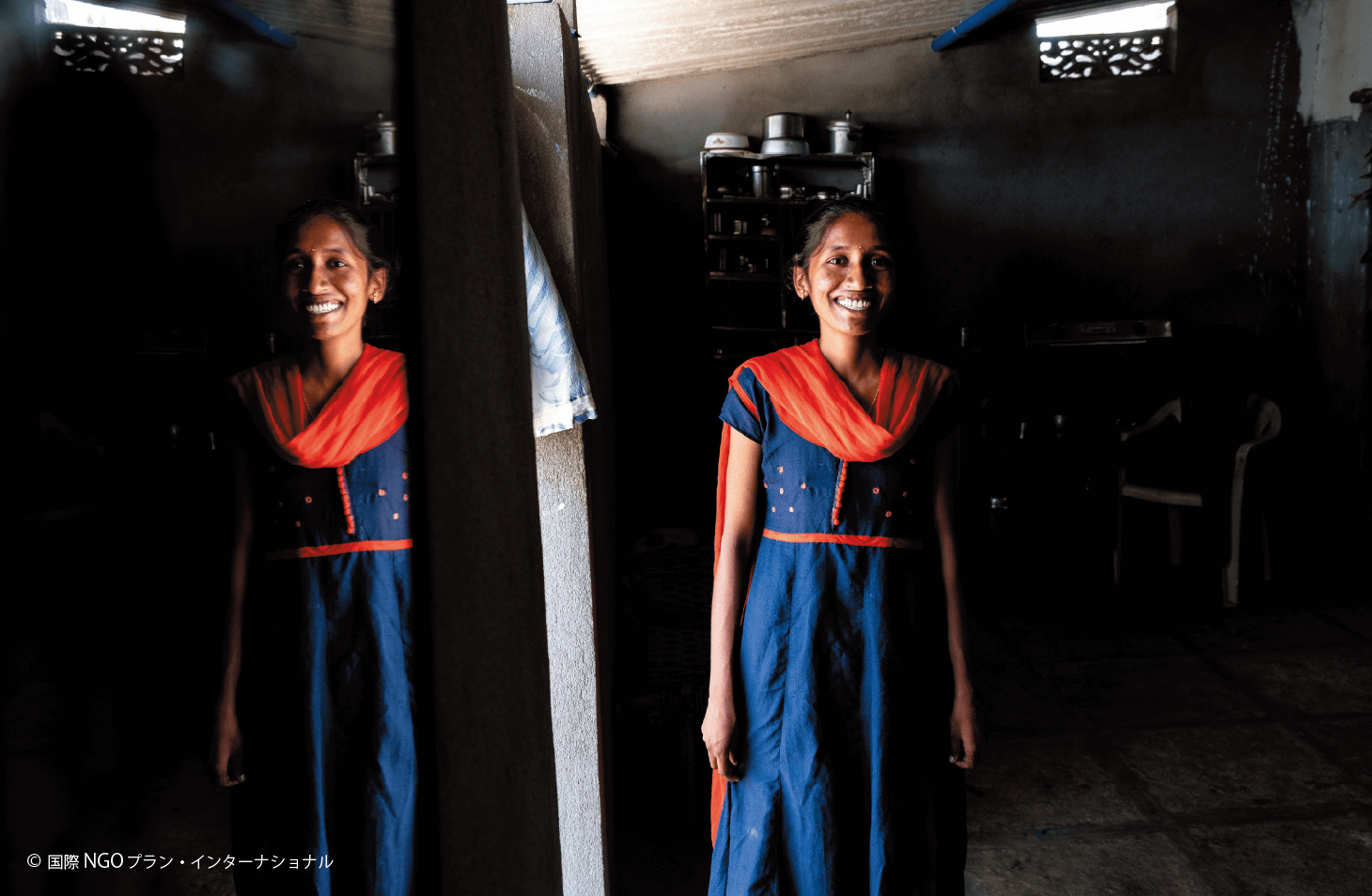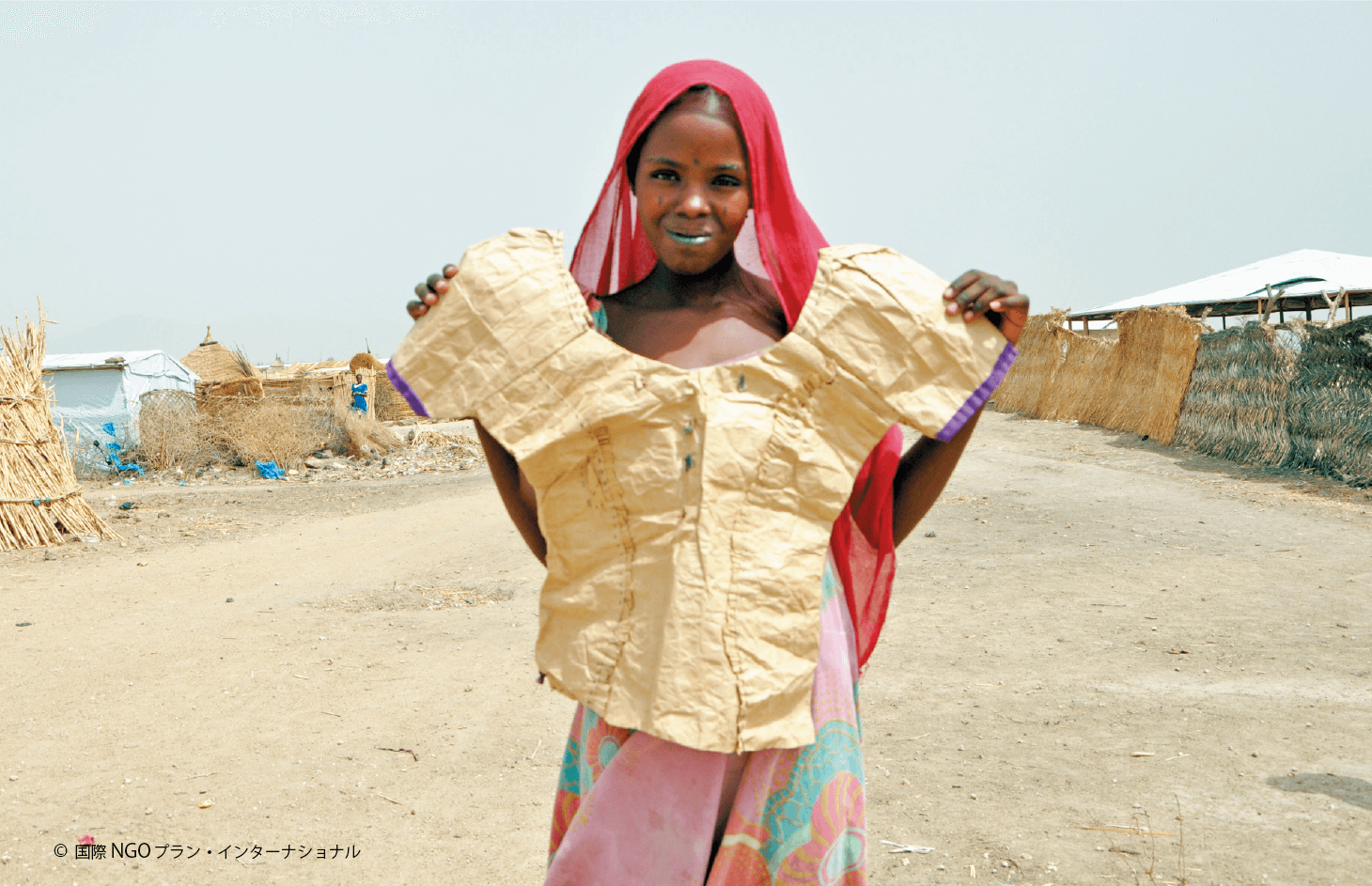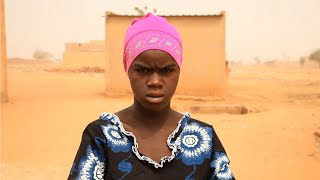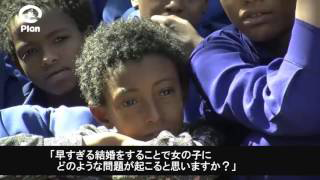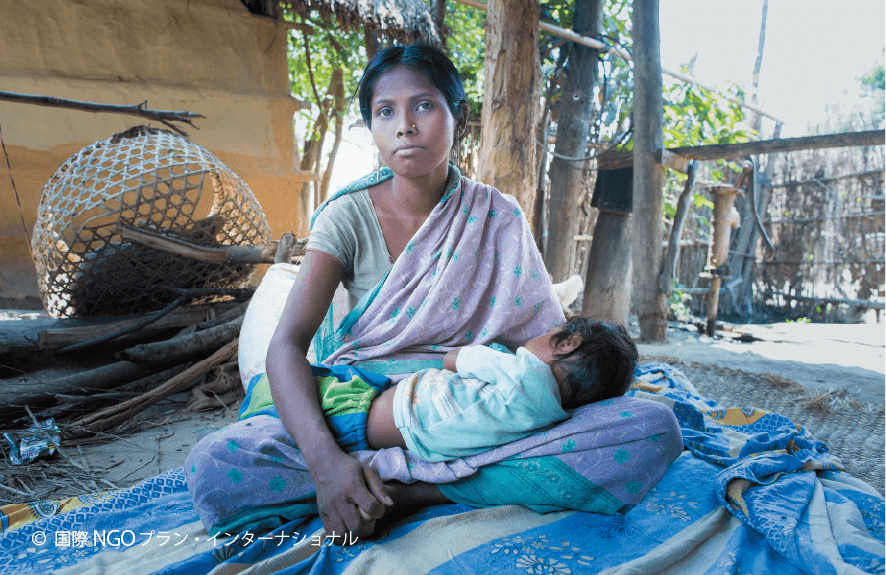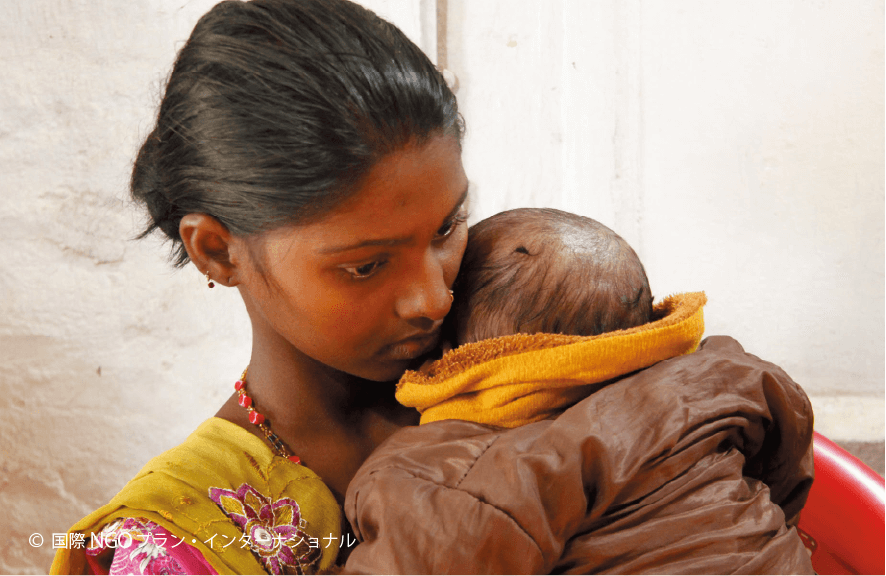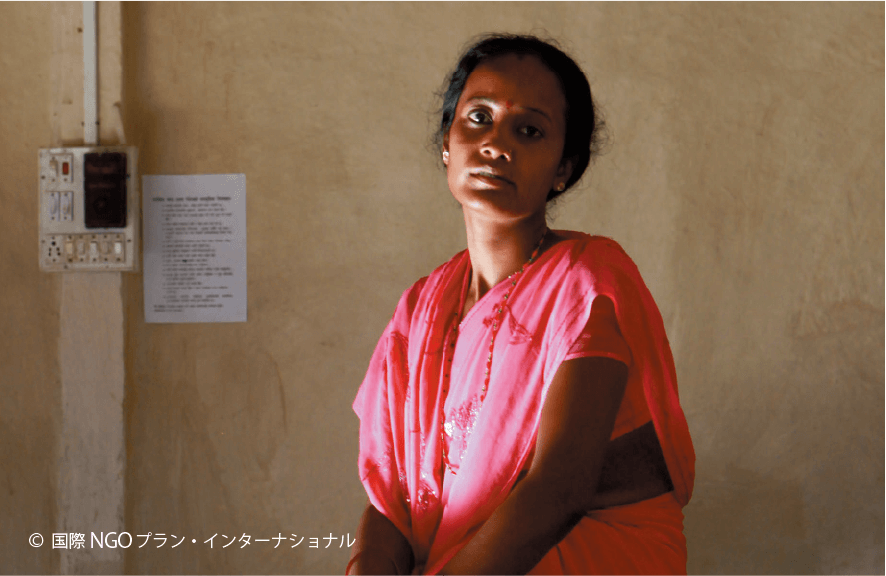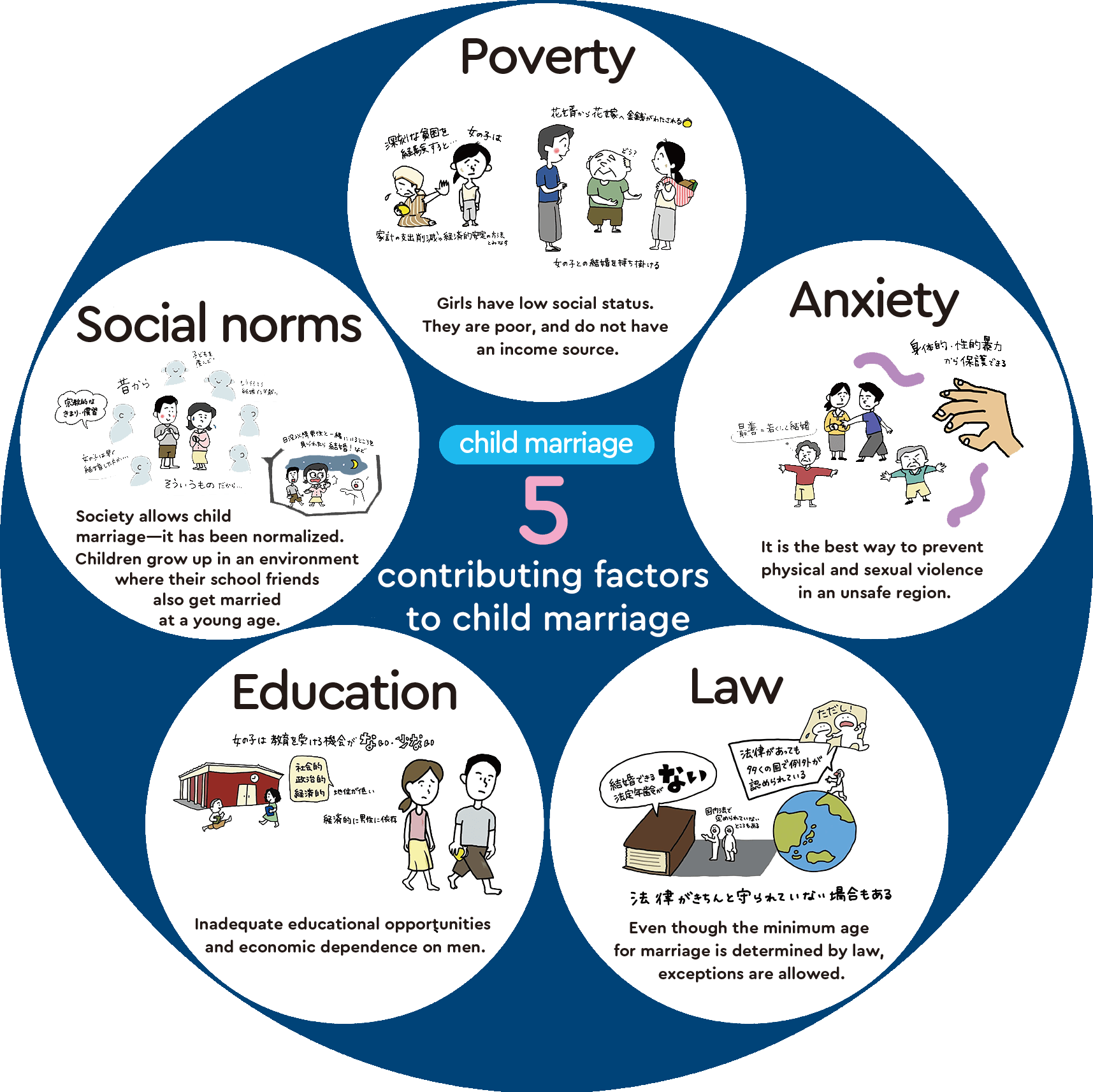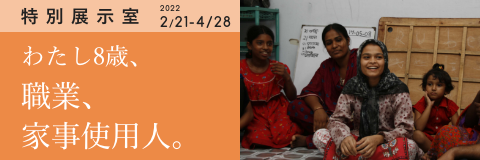Child marriage is a formal or an informal union in which, either or both individuals are under 18—in most cases, it is the girl who is by definition a child.
In 1962, the United Nation convention set 15 as the minimum age for marriage; in 1979, it was raised to 18. Today, UNICEF defines child marriage as one in which at least one of the two individuals is under 18.
The number of girls who marry at a young age is estimated at 12 million per year, and it is said that roughly one in every five girls is going to get married before turning 18.

- UNICEF defines child marriage as “(a) Any formal marriage or informal union between a child under the age of 18 and another child or adult.”
- Eliminating child marriage is one of the targets of the SDGs.

Although the number of child marriages decreased worldwide in 2019, the practice still remains prevalent in many regions.
One of the targets under the Sustainable Development Goals (SDGs) is to eliminate child marriage by 2030. However, it is said that to achieve this goal, efforts to end child marriage must be in place at a pace 12 times faster than in the last decade.

- UNICEF defines child marriage as “(a) Any formal marriage or informal union between a child under the age of 18 and another child or adult.”
- Eliminating child marriage is one of the targets of the SDGs.
- Reference : PR TIMES. February 12, 2019. Japan Committee for UNICEF. “Child marriage: One in five women in the world experiences child marriage <Press Release>.”
https://prtimes.jp/main/html/rd/p/000001276.000005176.html









